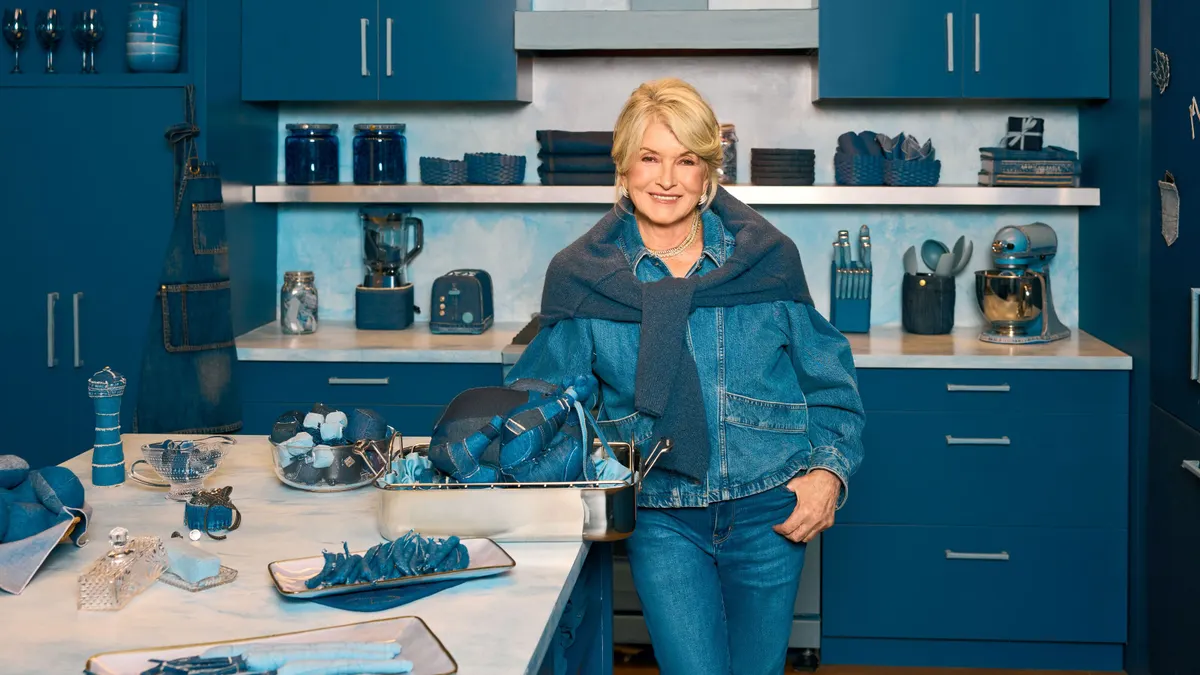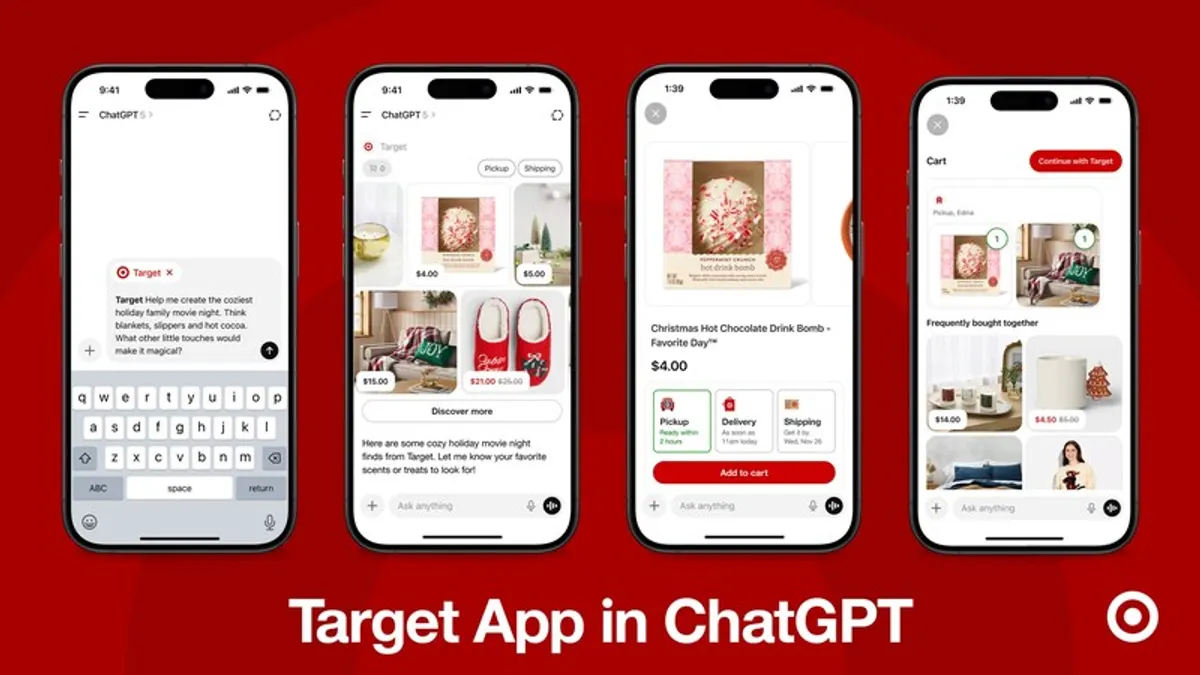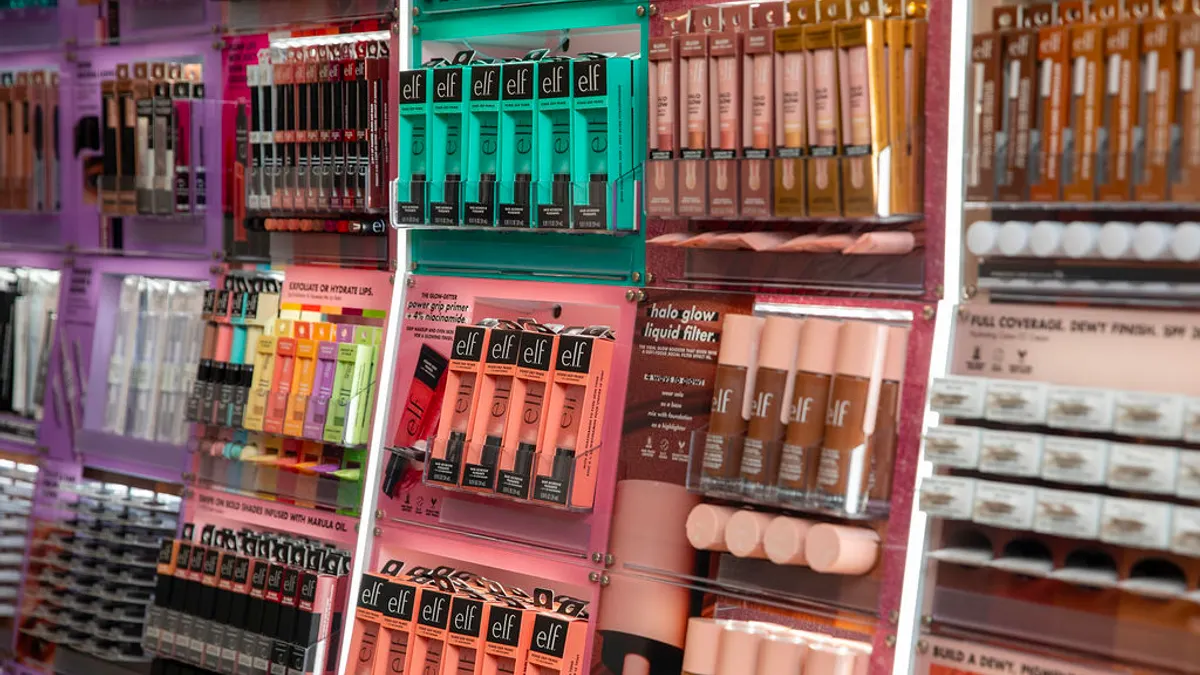Opportunities abound to build second-screen experiences as the percentage of households with multiple video-capable devices grows and digital platforms like Snapchat begin to catch up to Twitter in creating digital engagements that complement TV.
While time spent viewing TV continues to decline, it still averages between 15 hours and 50 hours a week, depending on the age of the viewer. Several years ago, marketers looking to get the most bang out of their buck for TV content and ads recognized an opportunity on Twitter to capitalize on how users were already tweeting during their favorite shows.
This year, the choices for second-screen marketing have proliferated quickly as Snapchat has quickly moved up the ranks with several significant second-screen activations while YouTube, Facebook and Instagram also chase brands and entertainment companies looking to breathe new life into their TV presence via digital experiences.
“Marketers need to remember we are living in a time where it is ‘all screens, all the time,’” James Malins, VP of cross-channel solutions at Amobee, told Marketing Dive. “We live in an always-on culture where people are constantly connected, so having a second-screen strategy cannot be an afterthought. Marketers need to proactively consider how they can reach and engage consumers no matter what device they are on with a relevant message.”
Screening the choices
Second-screen experiences support the way that consumers engage with content at home these days, with 71% of U.S. broadband households owning at least four video-capable devices and another 21% owning three, according to TDG research recently cited by eMarketer.
One common way to reach an audience engaged with a second screen is through social media platforms and apps. While Twitter continues to attract big TV advertisers even as traffic growth slows — partly because few other platforms can beat its real-time relevancy — it is no longer the only game in town.
Snapchat, which is quickly growing among a highly coveted younger audience, has made a couple of significant deals on the second-screen front this year.
In a first for the platform, Snapchat teamed with the Fox network in October for Snapcode activations during the live broadcast of “The Rocky Horror Picture Show” that unlocked filters for viewers.
This fall, the NFL became the first professional sports league to build a Snapchat Discover channel, offering news analysis and behind-the-scenes footage to complement games aired on TV.
Other platforms are also interested in working with marketers to complement their TV presence. Facebook introduced new second screen tools last year and YouTube also offers opportunities for TV-related experiences.
Scale vs. real-time relevancy
There are differences between each platform for second-screen efforts, including the granularity of data, measurement capabilities and audience reach. The goal of second-screen campaigns should help determine which social media platform to target.
Per Malins, some of the differences between platforms to keep in mind are:
Twitter provides brands with real-time opportunities around trending moments that bridge offline and online experiences.
Facebook offers massive scale on both mobile and desktop giving brands the ability to target users across diverse interests and passions.
Instagram is one of the top mobile destinations where brands can target and share their stories with an engaged audience in a creative, high-quality environment.
Snapchat has provided over 150 million users a fun and engaging way to use their mobile device to create and share vertical video experiences that creates community and brings together social, mobile and video.
Getting tactical
In terms of what has been proven to work with second-screen marketing, Malins offered the example of this year’s Olympics Games where brands would trigger campaigns when certain countries celebrated medal wins, or when digital content engagement peaked around specific sports moments or athletes.
Amobee has worked with brands such as the NBA during significant games like the playoffs by incorporating live video and social feeds within digital ad units, and the firm worked with Airbnb for another video effort across Facebook, Twitter, Pinterest and Instagram that complemented TV campaigns by providing a relevant experience across all screens.
For brands, there is also value in simply taking advantage of real-time events like the Super Bowl or Oscars even if they aren’t a sponsor.
“Most often brands don’t need to be a sponsor in order to take advantage of trending moments during these flagship events because they can have a presence by engaging audiences around trending moments across digital channels,” Malins said.
A unique and authentic story is often the first step toward viewer engagement. Jennifer Wong, VP of marketing at Tune, pointed to Univision’s La Banda as a TV show that was able to drive second-screen engagement with additional online content. As a new show, La Banda didn’t have any existing social media or digital following but the second-screen effort led to the show reaching 66,000 YouTube channel subscribers with 16.5 million views and the @LaBanda handle becoming the top mentioned TV series hashtag and reality program on YouTube.
Ultimately, it’s about accepting that a multi-screen lifestyle is the new normal, and that the additional screens allow marketers to reach an audience with video content and rich media experiences that can have extra legs because of its connection TV.
“For an entertainment marketer looking to drive ticket sales on opening day weekend, Snapchat might be a great second screen strategy,” Wong told Marketing Dive. “For a political advertiser who needs more detailed audience data, such as party affiliation, Facebook is probably better suited for their needs.
“But second screen strategies are all about truly understanding what’s right for your target audience, their in-the-moment need and delivering against that insight in a way that feels more like a utility than being marketed to,” she said.


















